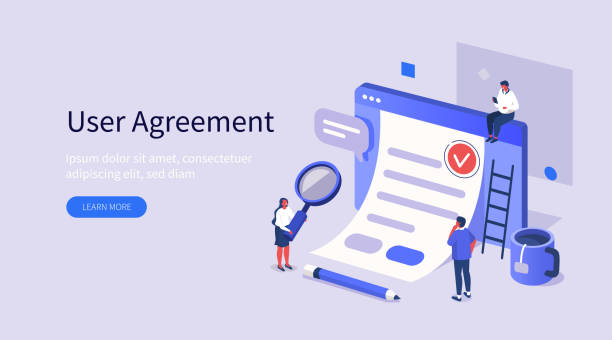What is User-Friendly Website Design? A Comprehensive Definition

In today’s fast-paced #internet, #user-friendly website design is no longer a luxury, but an undeniable necessity.
This phrase goes beyond mere website aesthetics; user-friendly website design means structuring and arranging the visual and interactive elements of a website in such a way that users can easily, quickly, and without any confusion achieve their goals.
This approach forms the core of #UserExperience (UX) and #UserInterface (UI).
A user-friendly website is designed so that visitors can navigate, find the information they need, and perform their tasks (such as purchasing, registering, or reading) easily, without requiring extensive training or searching.
This includes multiple factors such as page load speed, text readability, clarity of Call-to-Action (CTA), compatibility with various devices (mobile, tablet, desktop), and the overall sense of user satisfaction during interaction with the site.
The ultimate goal is to create a positive and lasting experience that encourages users to return.
From a web design perspective, this concept is the foundation of success for any online business.
Generally, user-friendly website design means prioritizing your visitors and shaping every aspect of the site based on their needs and expectations.
Are you dissatisfied with the low conversion rate of visitors to customers on your e-commerce site?
Solve this problem forever with professional e-commerce website design by Rasaweb!
✅ Increase visitor-to-customer conversion rate
✅ Create an excellent user experience and build customer trust
⚡ Get free consultation
Why is User-Friendly Website Design Crucial for Businesses?

The importance of user-friendly website design is not limited to user satisfaction; it directly impacts business success.
A site with a poor user experience can quickly drive visitors away and severely reduce conversion rates.
In contrast, a user-friendly website design leads to increased user retention, reduced bounce rate, and ultimately, increased sales and revenue.
When users can easily find what they are looking for and interact with the site, they are more likely to become customers and even recommend your website to others.
This not only helps strengthen your #brand but also reduces marketing costs, as loyal customers do not require extensive efforts for re-engagement.
Furthermore, search engines like Google prefer websites with good user experience and rank them higher in search results.
This means increased website #visibility and attracting more organic traffic.
Therefore, investing in user-friendly website design is an investment in your business’s sustainable growth.
This analytical section demonstrates how effective UI directly leads to profitability and commercial success.
Key Principles of User Interface (UI) and User Experience (UX) Design
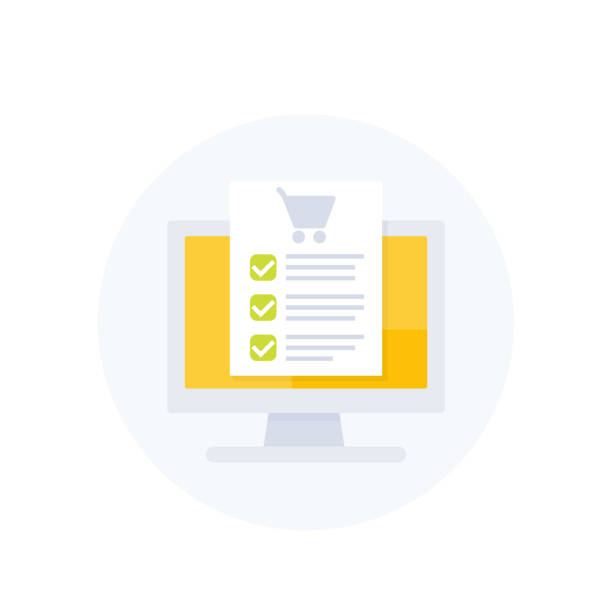
User-friendly website design is built upon the robust principles of User Interface (UI) and User Experience (UX).
Although these two concepts are related, they have important distinctions.
UI relates to the visual and interactive aspects of a site – that is, everything the user sees and interacts with, from buttons and forms to fonts and colors.
In contrast, UX addresses the user’s overall feeling and experience when using the site – Is it easy to use? Is it efficient? Is it satisfying? To ensure effective design, attention to several vital principles is crucial.
These principles include simplicity (lack of complexity and confusion), consistency (uniformity in design and functionality across the site), accessibility (usability for everyone, including people with disabilities), and feedback (providing information to the user about the status of their activities).
Adhering to these principles in user-friendly website design helps create a website that is not only beautiful but also fully functional and enjoyable.
This specialized approach ensures that every aspect of the site is meticulously engineered for the best possible outcome.
Key Differences Between UI and UX
| Feature | User Interface (UI) | User Experience (UX) |
|---|---|---|
| Focus | Visual appearance and interactions (buttons, fonts, colors) | User’s feeling and overall satisfaction with the process |
| Goal | Creating a beautiful and functional interface | Creating a meaningful and enjoyable experience |
| Main Question | How does it look and how does it work? | Is it easy and effective to use? |
Seamless Navigation and Information Architecture
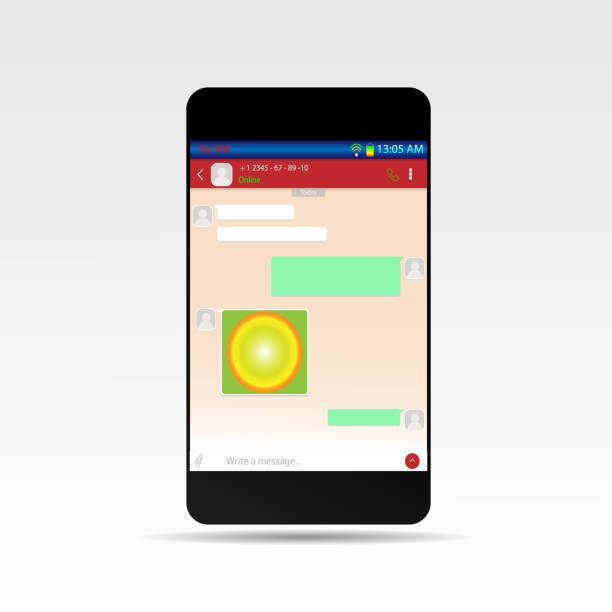
One of the most important pillars of user-friendly website design is a clear #Navigation system and logical #InformationArchitecture.
If users cannot easily navigate your site and find what they are looking for, they will quickly become frustrated and leave the site.
Navigation should be intuitive, simple, and consistent; meaning the placement of buttons and links should be logical and function uniformly across all pages.
Using hamburger menus on mobile, logical internal links, and a sitemap helps improve accessibility.
Information architecture also means organizing and labeling content in a way that allows users to easily understand the site’s structure and access the information they need.
This includes logical content categorization, using clear and understandable labels for links and sections, and a hierarchical design that progresses from general to specific.
The main goal is for the user to never feel lost on your site.
This section provides practical guidance for building a robust framework for any website.
A powerful information architecture is the foundation of a user-friendly website design that guides users to their objectives.
Are you tired of your e-commerce site having visitors but no sales? Rasaweb solves your core problem with professional e-commerce website design!
✅ Significant sales increase with purposeful design
✅ Flawless user experience for your customers
⚡ Get a free consultation!
Aesthetics and Appealing Visual Design
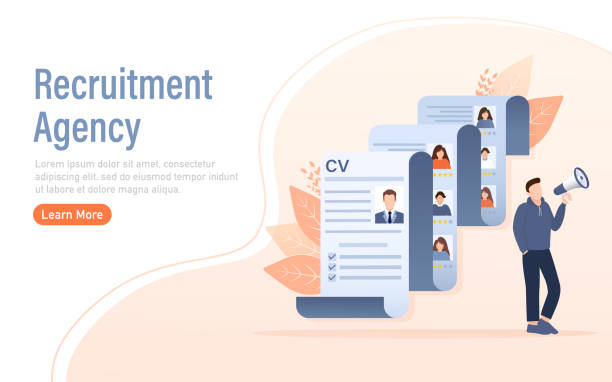
In addition to functionality, #user-friendly website design is highly dependent on aesthetics and appealing visual design.
The appearance of a website is the first thing that attracts a user and influences their decision to stay or leave.
Good visual design goes beyond merely being “beautiful”; it must be functional, coherent, and aligned with the brand’s identity.
The right choice of colors, fonts, images, and whitespace can contribute to readability, better content comprehension, and the creation of an enjoyable visual experience.
For example, using calming colors for medical sites or energetic colors for entertainment sites can have different impacts.
Sufficient whitespace around elements gives the user’s eyes a rest and prevents visual clutter, which in turn aids readability.
Also, using high-quality and relevant images and videos can convey your message more effectively and make the user experience more engaging and attractive.
This approach, alongside technical aspects, demonstrates how to design a website that is not only functional but also visually pleasing, achieving a comprehensive user-friendly website design.
This section explains the importance of visual harmony in attracting and retaining users.
Load Speed and Mobile Responsiveness

In today’s era, where users are accustomed to speed and ease of access, #website load speed and #mobile responsiveness (Responsive Design) are vital factors in user-friendly website design.
According to statistics, if a website does not load in less than 3 seconds, many users will abandon it.
#Image optimization, caching, code compression, and choosing a reliable hosting provider all contribute to improving site speed.
In addition to speed, with the increasing use of mobile devices for internet access, responsiveness is an absolute necessity.
A responsive website automatically adjusts its layout to the screen size of the user’s device, ensuring that the user experience is consistent and optimized across all devices, from smartphones to tablets and desktops.
Ignoring these aspects not only leads to user dissatisfaction but can also affect your site’s ranking in search engines, as Google and other engines place great importance on speed and responsiveness.
This informative and specialized section emphasizes the importance of staying up-to-date with new technologies to provide the best user experience.
User-friendly website design will practically be incomplete without considering these two factors.
Content Strategy for Optimal User Experience
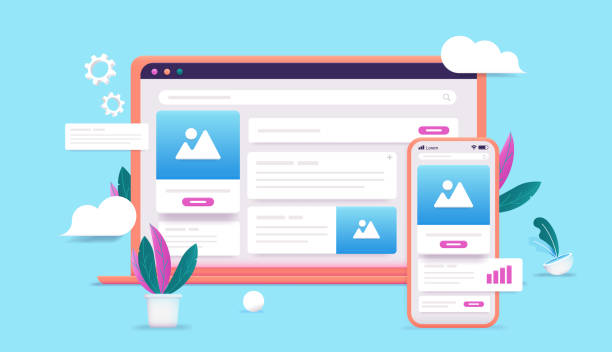
User-friendly website design is not limited to appearance and technical performance; #content also plays a crucial role in shaping the user experience.
A strong #content strategy means providing relevant, valuable, and understandable content that meets user needs and helps them achieve their goals.
This includes using simple and fluent language, breaking text into small and scannable paragraphs, and using clear headings, lists, and images to enhance readability.
Engaging content can prompt users to think and interact more, while guiding and educational content can help them solve problems.
Additionally, Call-to-Actions (CTAs) should be clear and prominent so the user knows what the next step is.
Ensure that your content is also optimized for SEO, meaning appropriate keywords are used and it has a suitable structure to be recognized by search engines.
Your content should answer user questions and guide them towards a purchase or registration.
This educational and analytical approach ensures that every word on your site has a purpose and contributes to enhancing the overall user experience.
Elements of a Successful Content Strategy
| Element | Description | Impact on User Experience |
|---|---|---|
| Value and Relevance | Content should address actual user needs. | Increases user satisfaction and retention. |
| Readability and Simplicity | Using simple language, short paragraphs, headings. | Reduces eye strain and increases comprehension. |
| Clear Call-to-Action (CTA) | Specific and prominent call to action. | Guides the user towards the desired goal. |
Continuous Testing and Feedback in User-Friendly Website Design

User-friendly website design is not a one-time process, but a continuous cycle of #testing, #feedback, and #improvement.
Even after the initial launch of a website, collecting data and user feedback is essential for identifying strengths and weaknesses and optimizing the user experience.
Various methods exist for this, including A/B testing (where two different versions of a page or element are shown to users to determine the best version), user surveys, web analytics (such as using Google Analytics to track user behavior), and Usability Testing, where real users interact with the site and their behavior is observed.
This valuable feedback helps you identify hidden issues and implement necessary adjustments for continuous improvement of the user experience.
Remember that user expectations are constantly changing, so a website must be continuously updated and optimized to remain relevant and user-friendly.
This specialized approach and guidance highlight the importance of listening to users and adapting to their needs.
Are you falling behind in the competition with large online stores?
Rasaweb helps your business go online and increases your market share with professional e-commerce website design!
✅ Increased brand credibility and customer trust
✅ Easy shopping experience leads to more sales
⚡ Take action now to get a free website design consultation!
Common Website Design Mistakes and Solutions to Avoid Them

Even with the best intentions, some common mistakes can prevent the realization of a user-friendly website design.
Recognizing these pitfalls is the first step to avoiding them.
One common mistake is neglecting user research; without a deep understanding of the target audience, the design may not meet their actual needs.
Another is excessive #design complexity or confusing #navigation that bewilders users.
Using unreadable fonts, inconsistent colors, and low-quality images are also visual errors that disrupt the user experience.
Lack of attention to #mobile optimization and slow load speeds are other important factors that can lead to user abandonment.
Additionally, neglecting clear Call-to-Actions (CTAs) and complex payment processes on e-commerce sites directly leads to reduced conversion rates.
To avoid these mistakes, always invest in user research, keep the design simple and intuitive, focus on responsiveness and speed, and design key processes (like purchasing) to be as smooth and friction-free as possible.
This thought-provoking section challenges the reader to take a closer look at their site and identify potential weaknesses.
The Future of User-Friendly Website Design and Emerging Trends
![]()
User-friendly website design is a dynamic and evolving field.
Keeping pace with #emerging trends is essential for maintaining #competitiveness and providing the best user experience.
One of the most important current trends is advanced #InteractiveDesign and the use of subtle animations to guide users and enhance visual appeal.
Another is the #personalization of the user experience based on individual user behavior and preferences, which gives them a sense of uniqueness.
The use of #ArtificialIntelligence and #MachineLearning to predict user needs and provide more relevant content is also increasing.
#VoiceSearch and #voice-based user interfaces are also gradually gaining traction, requiring designers to think beyond visual interfaces.
Furthermore, increased attention to #Accessibility for people with disabilities, including the use of high-contrast designs and keyboard navigation capabilities, is considered an important and ethical trend.
Ultimately, websites are moving towards greater simplicity, a richer user experience, and more human connection.
This informative and analytical section provides a glimpse into the future of user-friendly website design and shows how to prepare for future developments.
Frequently Asked Questions
And other services of Rasaweb Advertising Agency in the field of advertising
Smart Sales Automation: A dedicated service for growing and improving SEO ranking through precise audience targeting.
Smart Advertising Campaigns: Revolutionize click-through rates with precise audience targeting.
Smart Sales Automation: A novel service for increasing click-through rates through marketing automation.
Smart Conversion Rate Optimization: A novel service for enhancing SEO ranking through marketing automation.
Smart Custom Software: A novel service for increasing user engagement through SEO-driven content strategy.
And over a hundred other services in the field of internet advertising, advertising consultation, and organizational solutions.
Internet Advertising | Advertising Strategy | Advertorials
Resources
Comprehensive Guide to User Interface (UI) and User Experience (UX) Design
Why is Responsive Website Design Crucial for Your Business?
Principles of User-Friendly Website Design: 12 Key Tips
The Impact of Professional Website Design on SEO and Sales
❓ For a leap forward in your business, Rasaweb Afarin Digital Marketing Agency, with expertise in corporate website design and offering comprehensive strategies, is by your side to ensure a powerful online presence.
📍 Tehran, Mirdamad Street, Next to Central Bank, Southern Kazeroun Alley, Ramin Alley, No. 6

